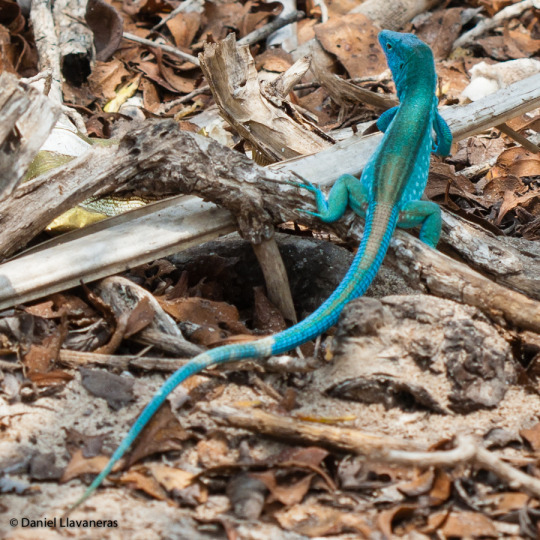Observation of the Week, 7/8/16

This Fan-throated Lizard seen by @ashutoshshinde in India is our Observation of the Week.
Sometimes you’ll get lucky and take a great animal photo without much effort, but that’s usually not the case. And it definitely was not the case for Ashutosh Shinde and his companions, but photos like the one above make it all worth it.
Ashutosh has always been interested in animals and nature, but a visit to the Gir Forest in Gujarat (last home of the Asiatic Lion) in 2013 really got him interested in nature photography. “I clicked many images (most of them are of trash quality ;) ),” he admits, “but it took off from there.”
He’s long been fascinated by the stunning Fan-throated Lizards of India, so he and a group of fellow photographers drove nearly four hours to the lizard’s habitat and began to search for this tiny reptile. They soon lucked into a male displaying on a rock and then used teamwork to keep track of it and take photos. “Since the texture of the dorsal part of the body was extremely camouflaged, we had decided that one out of three will always keep an eye on the lizard's movement while the rest of the three are shooting and this activity continued in turns so that each one of us get to photograph the beauty.” The group also made sure to not disturb the animal and interrupt it during mating season, using only telephoto lenses for their shots. “The entire stint of 3-4 hours was one of the best times spent in wild so far,” says Ashutosh. “Finally we said goodbye to this beautiful species, with heavy heart but with a promise to come back next season.”
Like the Fan-throated Lizard, quite a few lizard species have a dewlap, or loose fold of skin on the throat, that they can extend by using internal cartilaginous structures. These displays are used to attract mates and communicate with other males regarding territory, and territorial disputes can lead to violent fights between males.
“Currently, as i am relatively amateur in this field, I try to learn each and every thing in nature which comes up to me...may it be mammals, birds, or insects,” says Ashutosh. He uses iNaturalist not only to identify the organisms he finds, but to discover other species he has never heard of before. And his philosophy about wildlife photography?
“If you show patience and respect for nature, it will never send you empty handed. Hence follow utmost care and practice best ethical wildlife photography techniques while on the field, you will surely be rewarded with an outstanding shot.”
- by Tony Iwane
- Awesome video showing Fan-throated Lizards in action courtesy of the Maharashtra Forest Department.
- V. Deepak of the Indian Institute of Science in Bangalore has recently discovered five species of Fan-throated Lizards.
- Sir David Attenborough elicits some territorial displays from an Anole lizard by using a mirror.
- Other iNat users have also posted excellent photos of Fan-throated Lizards, check ‘em out here.
- BBC made a nice documentary about the Asiatic Lions of Gir Forest.








